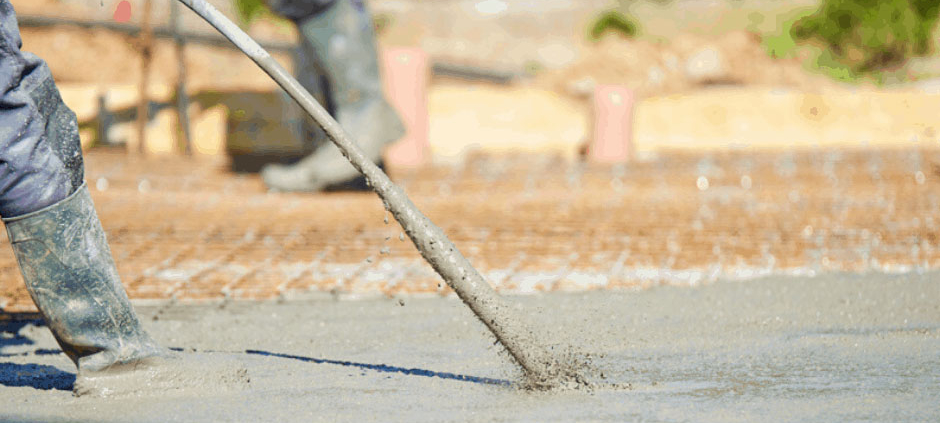What You Need to Know about Concrete and Vibration
Creating vibration is an important part of the concrete process, especially when creating columns, walls, and foundations. Vibrating the concrete consolidates it, which means it pushes the concrete into every part of the concrete form.
It also blends parts of the concrete together to create a single mass with as few holes and lift lines as possible. Here’s everything you need to know about how vibrations are used with concrete.
Vibrating Concrete Makes It Stronger
When concrete is poured into a form, it naturally forms air bubbles. These air bubbles create voids in the final, reducing the actual amount of concrete by as much as 20 percent. That’s a significant amount and can weaken the final product. The process of consolidation uses vibrations to remove these air bubbles, allowing concrete to become as dense as possible.
How Does Concrete Consolidation Work?
There are two stages to consolidation: leveling and de-aeration. During the leveling stage, the internal vibrator creates a rapid oscillation that liquefies the concrete. This causes spaces or voids in the concrete to fill. The concrete then settles due to the effects of gravity. This stage also causes the concrete to flow into every corner and other small parts of the form and around any reinforcements, completely filling the space.
During the de-aeration stage, any air bubbles that are left in the concrete are pushed to the surface. This gets rid of all of the large, problematic air bubbles, though some tiny ones may remain. It’s virtually impossible to get all of the trapped air out of the concrete, but de-aeration should continue until you don’t see any large air bubbles coming up and popping on the surface.
De-aeration is important in the final look of the concrete, too. The large air bubbles that rise up and pop can leave small pock marks in the surface if it’s not vibrated enough to smooth everything out.
Using the Right Concrete Vibrator
When consolidating concrete, use the most powerful vibrator possible and that you’re systematically applying it to the entire area. Take note of the area affected by the vibrator before you move it.
When you select the next area, you want it to overlap with the previous one so that there’s no space left unaffected. Ideally, you’ll have two vibrators working at the same time, so you can move one at a time and make certain there’s always overlap.
The concrete vibrator’s pitch is also important. You’ll hear it drop when it’s first inserted, but its frequency should increase as the air is removed. When most of the air is out, the pitch should be pretty constant.
Can You “Over-Vibrate” Concrete?
Vibrating concrete too much has shown to do very little damage, while under-vibrating concrete can leave large pockets of air trapped within it or change the appearance of the concrete. Because of this, it’s important that each section of concrete is vibrated for around 15 seconds. This guarantees that the section of concrete goes through both stages of consolidation, reducing both the amount of air trapped within and the number of surface voids.
Unfortunately, many workers under-vibrate concrete because they’re afraid of overdoing it. Over-vibrating really doesn’t do much harm, while under-vibrating can cause problems, so it’s always best to do too much than not enough.
The Right Concrete Pour Begins with the Right Concrete Forms
Before you start vibrating concrete or even pouring it, you need to make certain you have the right concrete forming and shoring equipment on hand. Forming America has everything you need to rent or purchase. Contact us today to learn how we can help you with your next project.




